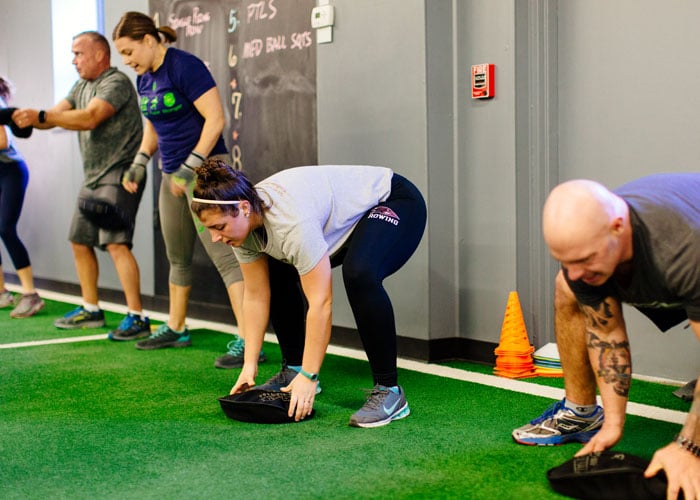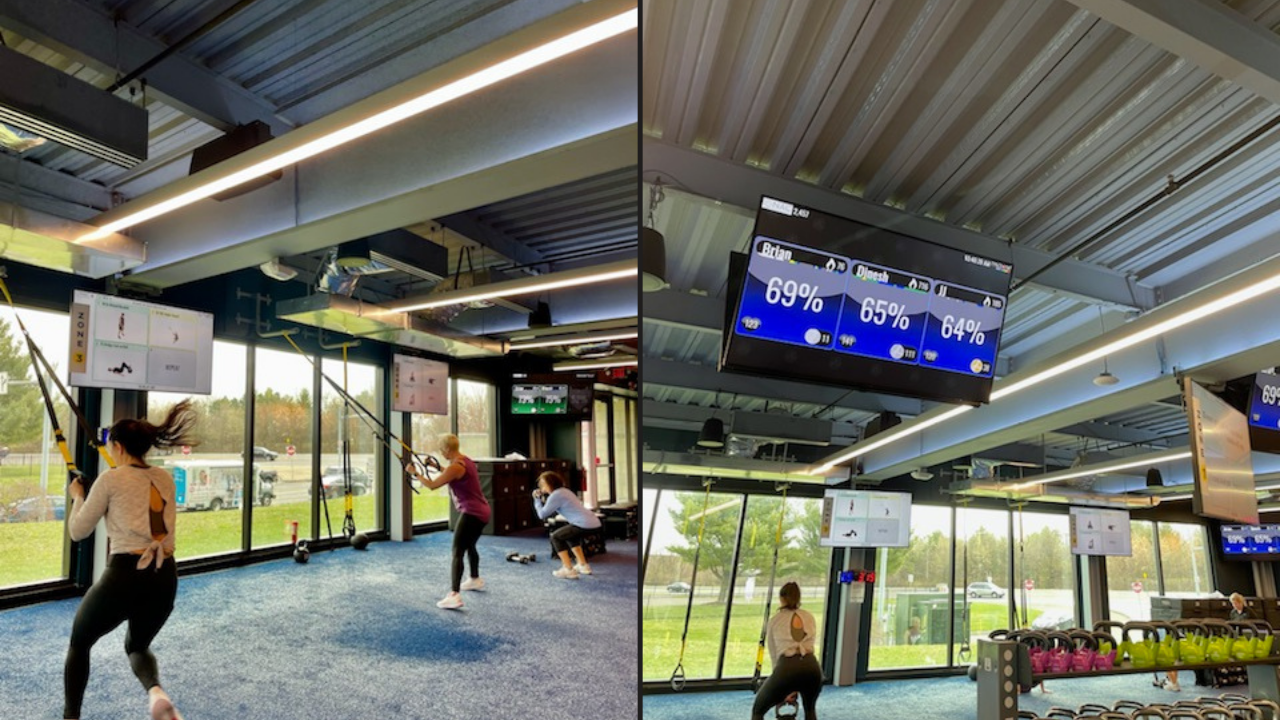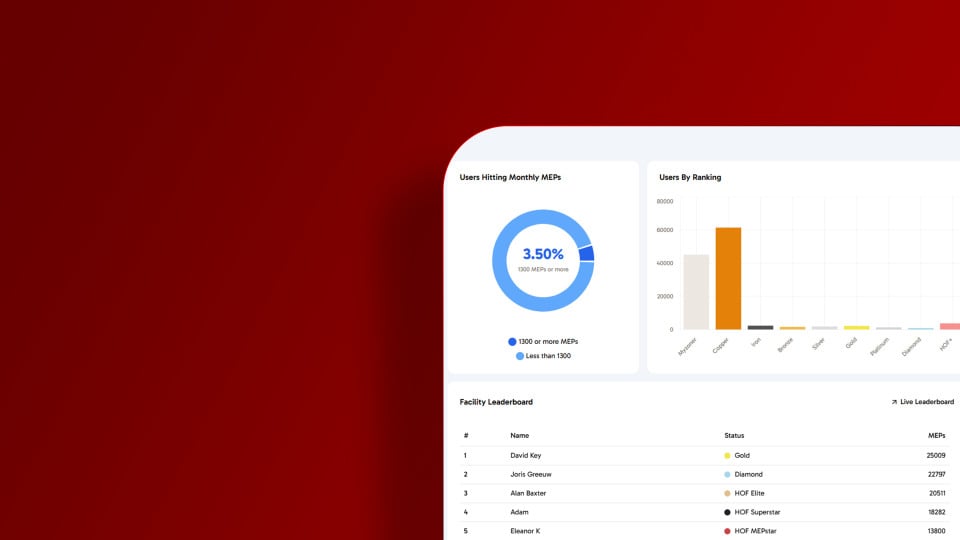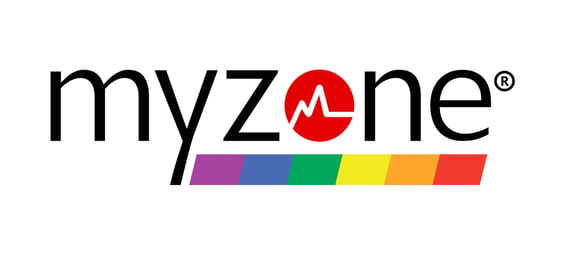Take pride in embracing diversity, equity and inclusion (DEI)
Change and improvement are two active words. This is an industry cemented in the importance of incremental benefits and dedicating ourselves to something over the long term. We’re all ready to give more focus to diversity, equity and inclusion (DEI), so why aren’t more of us doing it?
Whether for Pride month, for your ongoing personal journey of inclusivity, or for the start of a learning process, this article explores some of the fears behind engaging professionally and personally with more LGBTQ+ communities.
It's all about allyship. NHS England defines allyship as "building relationships of trust, consistency and accountability with marginalised individuals and/or groups of people." Allyship is based around support, but it's also all about being visible and vocal.
Stop worrying about not doing it right.
“I’m really positive about this world, and there’s a massive appetite for people to change,” explains Rachel Young, Myzone director of business development (EMEA). “But there’s also a real fear because people don’t know how to ‘do it right.’
“I’m talking about professionals from CEO level to all sorts. We feel in the fitness sector that we’re the snuggly-wuggly, embrace-everyone kind of people. We are, but is there more we could do to make people feel welcome in our gyms? Probably. Could we all do better to understand communities and empathise more? Yes.”
Please don’t be silent anymore.
“I’ve had these conversations with a lot of people this month and in the past – people who are my friends – asking what they’re doing to support Pride month,” continues Rachel. “Many say that they’re totally on board but have also given reasons for a delay such as they’re planning for next year, or it was already too late through the month. But what’s stopping you?
“People are worried about being seen to be rainbow washing or that they’re going to have their business pulled to pieces, but please, just support LGBTQ+ communities. Everyone says ‘when we do it, we want to do it right,’ but I know the sentiment is right. You want to make changes, so don’t hold back. Silence has been the biggest challenge for years. Even if we don’t get it right first time, let’s fail forward and learn. Please don’t go back to staying silent.”
If you want to make changes, start making changes.
One of the main recurring concerns of decision makers when it comes to issues of inclusion is being seen as insincere. However, if you genuinely believe in positive change, doing nothing is ironically insincerity in itself. You don’t need a full plan in order to do your bit in making the world a more inclusive place. Give people a platform to share their stories. Give people a voice who may not have felt comfortable speaking out in the past.
“I certainly understand the concern about pink washing or rainbow washing, or whatever you want to call it,” says Richard Morris, driver ambassador and co-founder of Racing Pride. “I do agree that the LGBTQ+ community is exposed to a lot of brands which just put a rainbow here or there and don't really have sincerity or actions behind it. But equally, you don't need to start with a fully developed platform.”
What are some of the first steps to take?
“There are easy ways that businesses, and indeed sectors, can start to move things forward,” continues Richard. “One of the easiest is simply to give a platform to LGBTQ+ people that are that are using their services, that are part of that sector. Let them speak. If you feel that you don't necessarily have the authentic voice yourself as a business or as a sector or as an organisation, you can still lend your platform to LGBTQ+ people and use the authenticity of their own voices and their experiences to talk through.
“That's a really easy and powerful way for people to start. I think, as well, it's a well-received message when people say: ‘we want to be more inclusive’. That's not the same thing as saying you are completely inclusive already, or that you’re doing all the right things, because perhaps you're not, but you can still say that you intend to become more inclusive.
“You can say that you care about these issues, and that you want to embrace all members of your community. People can then look at longer term planning and think, well, what are we going to do to follow this up? But if you start those conversations happening, then at least people are being heard, feel heard and feel cared about. Of course you have to follow them up, but at least you started the conversation.”
Think unalike and be open to learning.
We should all take pride in learning more about people and lifestyles that we’re not familiar with. Diverse communities, employees and leadership teams bring more to the table through not just experiential differences but cognitive diversity. In the words of Matthew Syed, writer of Rebel Ideas: “In times of unprecedented change, we must learn to think differently. Great minds think unalike.”
“There’s a real need for self-education a lot of the time, or at least a willingness for self-education,” explains Catherine Edmunds, chair of the DEI advisory group at EuropeActive. “You can’t spoonfeed awareness and understanding to people. That needs to be an ongoing process, too, as language changes so rapidly within communities at the heart of equality, diversity and inclusion.”
Lean on the people around you to learn more together.
“It’s important to soundboard off people as well,” Catherine continues. “We all want to be aware of ED&I but we’re all on different journeys. Start with your nearest and dearest as a safe space and expand your horizons.
“There will be certain biases that we all portray, and some are areas that we need to be more aware of. It’s so important having that willingness to want to change and adapt.
“If we liken it to older generations that can’t use a computer but learn. Many people thought they didn’t need computers and technology. Once they got to grips with the benefit and the understanding then, over time, they changed their opinions.
“Having open mindedness and being open to making mistakes is how we learn.”
Share this
You May Also Like
These Related Stories

4 Steps to Drastically Improve Client Experience and Retention

Coach-led training all day, every day, with MZ-Instruct



